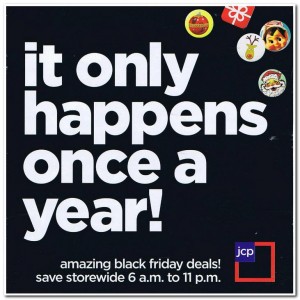Our recent conversations about our final projects and current social problems has me thinking about what Dickens would say of the 21st century, both of the continuation of the problems he attempted to tackle, and the new ones that he might tackle if he were alive today.
In terms of the problems of Dickens’ times, would he be disgusted that we are more mechanized than ever (in terms of reliance on technology), or thrilled to see the ways in which people are often using technology to foster creativity? Our technological revolution, though it may not have the same economically crushing results, can be seen as similar to the industrial revolution in how it has altered society. In our society, technology and “fancy” are not necessarily at odds, as they are in Hard Times. Though I suppose there are people who might argue that studying subjects that do not lead to lucrative careers is simply pursuing “fancy” still. However, teachers are finding ways to use technology to enhance the learning of people with learning disabilities (a new font has even been developed that is said to be easier for dyslexic people to read), and rather than making education more rigid, the possibility exists for technology to render it more flexible than ever.
Turning to issues of our time, what would Dickens care about? The defunding of Planned Parenthood? Institutionalized racism? The Starbucks cup scandal? Dickens chose issues to discuss that pervaded society: poverty, industrialization, colonization. I can imagine he would gravitate towards large-scale issues such as the Syrian refugee crisis, though I don’t know if he could churn out installments fast enough. Would he be publishing articles for big-name newspapers the the New York Times about the discontent of college students with the administrations of their universities? In my head, I am trying to project Dickens into a room full of students tired of experiencing everyday micro-aggressions, and to imagine what he would say. I like to think that he would have been on the side of these students, refugees, Planned parenthood supporters, as he most often seemed to be advocating for the oppressed, but we can’t really know that for sure, either. Writing this has created a lot more questions for me than it has answered, but thinking about the 21st Century Dickens has been intriguing all the same.

 The next episode of the show I watched featured Jane and her family going to shop on Black Friday at Target, one of the show’s big sponsors. Because I was thinking about both Dickens and advertising while watching this show, I wanted to learn more about the show’s relationship with Target. (The brand has been prominently featured multiple times in this show).
The next episode of the show I watched featured Jane and her family going to shop on Black Friday at Target, one of the show’s big sponsors. Because I was thinking about both Dickens and advertising while watching this show, I wanted to learn more about the show’s relationship with Target. (The brand has been prominently featured multiple times in this show).

